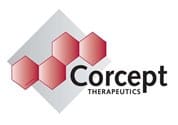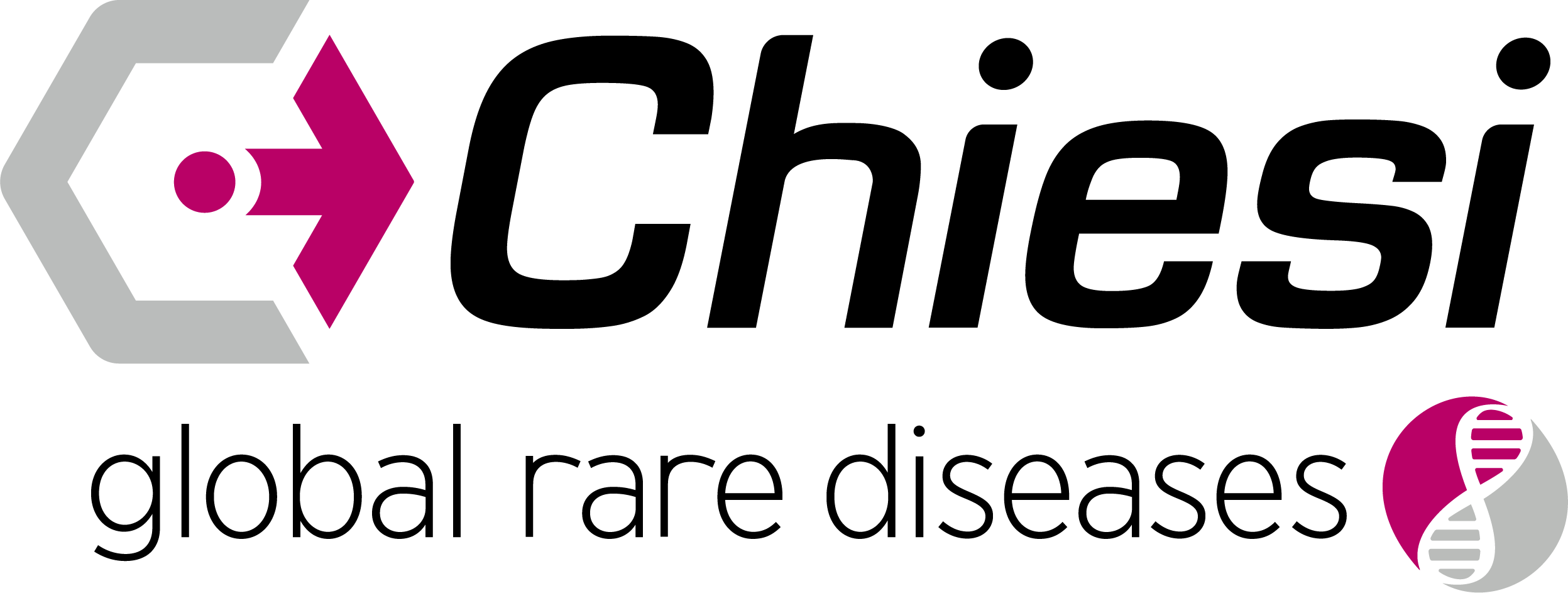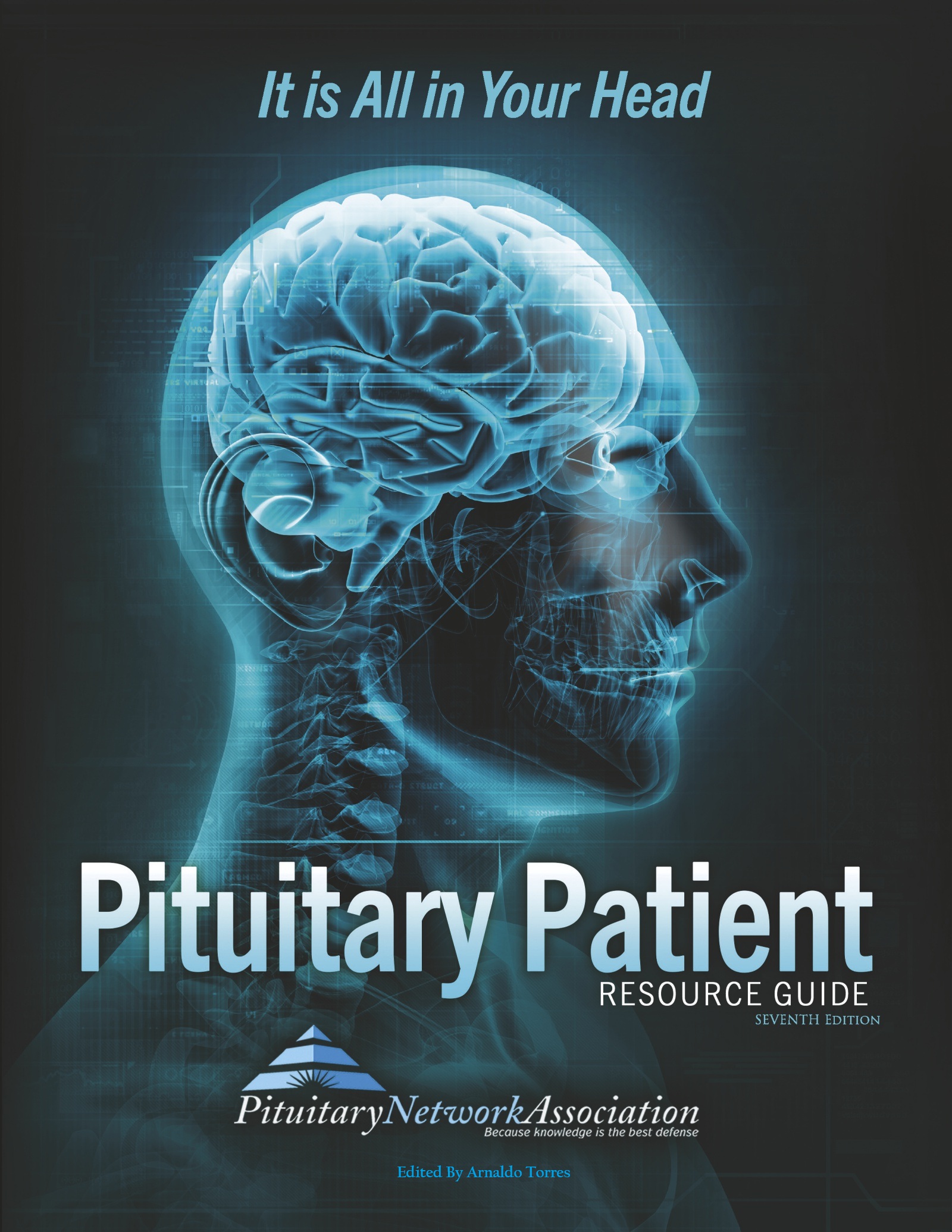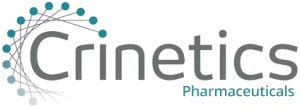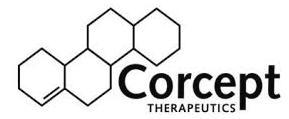News Articles February 2022
Written on 04 February 2022.
Are CAM Therapies Tested To See If They Work?
While some scientific evidence exists regarding the effectiveness of some CAM therapies, for most there are key questions that are yet to be answered through well-designed scientific studies-questions such as whether the therapies are safe, how they work, and whether they work for the diseases or medical conditions for which they are used.
NCCAM is the Federal Government’s lead agency for scientific research on CAM. NCCAM supports research on CAM therapies to determine if they work, how they work, whether they are effective, and who might benefit most from the use of specific therapies.
Are There Any Risks To Using CAM Treatments?
Yes, there can be risks, as with any medical therapy. These risks depend upon the specific CAM treatment. The following are general suggestions to help you learn about or minimize the risks.
- Tell your health care providers about any complementary and alternative practices you use. Give them a full picture of what you do to manage your health. This will help ensure coordinated and safe care. For example, herbal: A plant or part of a plant used for its flavor, scent, or potential therapeutic properties. Includes flowers, leaves, bark, fruit, seeds, stems, and roots. or botanical: A plant or part of a plant used for its flavor, scent, or potential therapeutic properties. Includes flowers, leaves, bark, fruit, seeds, stems, and roots. products and other dietary supplements may interact with medications (prescription or non-prescription). They may also have negative, even dangerous, effects on their own. Research has shown that the herb St. John’s wort, which is used by some people to treat depression, may cause certain drugs to become less effective. And kava, an herb that has been used for insomnia, stress, and anxiety, has been linked to liver damage.
- If you have more than one health care provider, let all of them know about the CAM and conventional therapies you are using. This will help each provider make sure that all aspects of your health care work together.
- Take charge of your health by being an informed consumer. Find out what the scientific evidence is about any treatment’s safety and whether it works.
If you decide to use a CAM treatment that would be given by a practitioner, choose the practitioner carefully to help minimize any possible risks.
How Can I Get Reliable Information About A CAM Therapy?
It is important to learn what scientific studies have discovered about the therapy in which you are interested. It is not a good idea to use a CAM therapy simply because of something you have seen in an advertisement or on a Web site or because someone has told you that it worked for them.
Understanding a treatment’s risks, potential benefits, and scientific evidence is critical to your health and safety. Scientific research on many CAM therapies is relatively new, so this kind of information may not be available for every therapy. However, many studies on CAM treatments are under way, including those that NCCAM supports, and our knowledge and understanding of CAM is increasing all the time. Here are some ways to find scientifically based information:
- Talk to your health care practitioner(s). Tell them about the therapy you are considering and ask any questions you may have about safety, effectiveness, or interactions with medications (prescription or non-prescription). They may know about the therapy and be able to advise you on its safety and use. If your practitioner cannot answer your questions, he may be able to refer you to someone who can. Your practitioner may also be able to help you interpret the results of scientific articles you have found.
- Use the Internet to search medical libraries and databases for information. One database called CAM on PubMed, developed by NCCAM and the National Library of Medicine, gives citations or abstracts (brief summaries) of the results of scientific studies on CAM. In some cases, it provides links to publishers’ Web sites where you may be able to view or obtain the full articles. The articles cited in CAM on PubMed are peer-reviewed-that is, other scientists in the same field have reviewed the article, the data, and the conclusions, and judged them to be accurate and important to the field. Another database, International Bibliographic Information on Dietary Supplements, is useful for searching the scientific literature on dietary supplements.
- If you do not have access to the Internet, contact the NCCAM Clearinghouse. The staff is available to discuss your needs with you and assist you in searching the peer-reviewed medical and scientific literature.
- Visit your local library or a medical library to see if there are books or publications that contain scientific articles discussing CAM in general or the treatment in which you are interested. Thousands of articles on health issues and CAM are published in books and scientific journals every year. A reference librarian can help you search for those on the therapy that interests you.
Questions to ask when evaluating Web site information:
- Who runs the site? Is it Government, a university, or a reputable medical or health-related association? Is it sponsored by a manufacturer of products, drugs, etc.? It should be easy to identify the sponsor.
- What is the purpose of the site? Is it to educate the public or to sell a product? The purpose should be clearly stated.
- What is the basis of the information? Is it based on scientific evidence with clear references? Advice and opinions should be clearly set apart from the science.
- How current is the information? Is it reviewed and updated frequently?
For more tips on evaluating information on the Web, read NCCAM’s “10 Things To Know About Evaluating Medical Resources on the Web.”
Our thanks to the National Institutes of Health, National Center for Complementary and Alternative Medicine for the above information.
What Is CAM?
CAM stands for Complementary and Alternative Medicine. CAM is a group of diverse medical and health care systems, practices, and products that are not presently considered to be part of conventional medicine. Medicine as practiced by holders of M.D. (medical doctor) or D.O. (doctor of osteopathy) degrees and by their allied health professionals such as physical therapists, psychologists, and registered nurses. Complementary medicine is used together with conventional medicine, and alternative medicine is used in place of conventional medicine. Conventional medicine is medicine as practiced by holders of M.D. (medical doctor) or D.O. (doctor of osteopathy) degrees and by their allied health professionals, such as physical therapists, psychologists, and registered nurses. Some health care providers practice both CAM and conventional medicine.
The list of what is considered to be CAM changes continually, as those therapies that are proven to be safe and effective become adopted into conventional health care and as new approaches to health care emerge. For more about these terms, see the NCCAM fact sheet “What Is CAM?“
Are CAM Therapies Safe?
Each treatment needs to be considered on its own. However, here are some issues to think about when considering a CAM therapy.
- Many consumers believe that “natural” means the same thing as “safe.” This is not necessarily true. For example, think of mushrooms that grow in the wild: some are safe to eat, while others are poisonous.
- Individuals respond differently to treatments. How a person might respond to a CAM treatment depends on many things, including the person’s state of health, how the treatment is used, or the person’s belief in the treatment.
- For a CAM product that is sold over the counter (without a prescription), such as a dietary supplement. A product that contains vitamins, minerals, herbs or other botanicals, amino acids, enzymes, and/or other ingredients intended to supplement the diet. The U.S. Food and Drug Administration has special labeling requirements for dietary supplements, safety can also depend on a number of things:
- The components or ingredients that make up the product.
- Where the components or ingredients come from.
- The quality of the manufacturing process (for example, how well the manufacturer is able to avoid contamination).
The manufacturer of a dietary supplement is responsible for ensuring the safety and effectiveness of the product before it is sold. The U.S. Food and Drug Administration (FDA) cannot require testing of dietary supplements prior to marketing. However, while manufacturers are prohibited from selling dangerous products, the FDA can remove a product from the marketplace if the product is dangerous to the health of Americans. Furthermore, if in the labeling or marketing of a dietary supplement a claim is made that the product can diagnose, treat, cure, or prevent disease, such as “cures cancer,” the product is said to be an unapproved new drug and is, therefore, being sold illegally. Such claims must have scientific proof.
For CAM therapies that are administered by a practitioner, the training, skill, and experience of the practitioner affect safety. However, in spite of careful and skilled practice, all treatments–whether CAM or conventional–can have risks.
September 2022 Research Articles
Pituitary Surgery
Endoscopic pituitary surgery: A national database review.
Pituitary Tumors
Predicting hypogonadotropic hypogonadism persistence in male macroprolactinoma.
A Case Report of a Thyrotropin-Secreting Pituitary Macroadenoma.
Analysis of neuroendoscopy for the treatment of macroadenomas and giant pituitary adenomas.
Whole exome sequencing reveals novel risk genes of pituitary neuroendocrine tumors.
Aggressive pituitary tumours and carcinomas, characteristics and management of 171 patients.
Quality reporting of radiomics analysis in pituitary adenomas: Promoting clinical translation.
Foster Kennedy syndrome secondary to a giant prolactinoma with a remarkable response to cabergoline.
Multi-Modal Brain Tumor Detection Using Deep Neural Network and Multiclass SVM.
Cushing’s
Cushing’s disease: adrenal steroidogenesis inhibitors.
Pituicytoma Associated with Suspected Cushing’s Disease: Two Case Reports and a Literature Review.
Endocrinology
McCune-Albright Syndrome in Infant with Growth Hormone Excess.
Testosterone Deficiency as One of the Major Endocrine Disorders in Chronic Kidney Disease.
Hypothyroidism and Depression: A Narrative Review.
Pituitary Apoplexy
Pituitary apoplexy presenting as isolated third cranial nerve palsy: case series.
PNA Medical Corner: Cushing’s and Osilodrostat
 This month the PNA Medical Corner features an article co-authored by a longtime member of the PNA, Dr. Maria Fleseriu, a Professor of Endocrinology and Neurological Surgery and Director of the Pituitary Center at Oregon Health & Science University. The study looks the the use of the drug osilodrostat for treatment of Cushing’s Syndrome and makes recommendations on best practices.
This month the PNA Medical Corner features an article co-authored by a longtime member of the PNA, Dr. Maria Fleseriu, a Professor of Endocrinology and Neurological Surgery and Director of the Pituitary Center at Oregon Health & Science University. The study looks the the use of the drug osilodrostat for treatment of Cushing’s Syndrome and makes recommendations on best practices.
Treatment of Cushing’s syndrome with osilodrostat: practical applications of recent studies with case examples
Maria Fleseriu , Beverly M K Biller
Affiliations expand
• PMID: 36002784 PMCID: PMC9401199 DOI: 10.1007/s11102-022-01268-2
Abstract
Endogenous Cushing’s syndrome (CS) is a rare endocrine condition frequently caused by a tumor resulting in elevated cortisol levels. Cushing’s disease (CD) caused by an adrenocorticotropic hormone-secreting pituitary adenoma is the most common form of endogenous CS. Medical therapy for CD is mostly used as second-line treatment after failed surgery or recurrence and comprises several pituitary-directed drugs, adrenal steroidogenesis inhibitors, and a glucocorticoid receptor blocker, some of which are US Food and Drug Administration (FDA)-approved for this condition. The recent Pituitary Society consensus guidelines for diagnosis and management of CD described osilodrostat, an oral inhibitor of 11β-hydroxylase, as an effective, FDA-approved medical therapy for CD. Because clinical experience outside clinical trials is limited, we provide here a review of published data about osilodrostat and offer example case studies demonstrating practical considerations on the use of this medication. Recommendations regarding osilodrostat are provided for the following situations: specific assessments needed before treatment initiation; monitoring for adrenal insufficiency, hypokalemia, and changes in QTc; the potential value of a slow up-titration in patients with mild disease; managing temporary treatment cessation for patients with CD who have acquired coronavirus disease 2019; monitoring for increased testosterone levels in women; exercising caution with concomitant medication use; considering whether a higher dose at nighttime might be beneficial; and managing cortisol excess in ectopic and adrenal CS. This review highlights key clinical situations that physicians may encounter when using osilodrostat and provides practical recommendations for optimal patient care when treating CS, with a focus on CD.
Keywords: Adrenal steroidogenesis inhibitors; Cushing’s disease; Cushing’s syndrome; Medical therapy; Osilodrostat; Pituitary adenoma.
PNA Spotlight: Dr. Edward Laws
 This month the PNA Spotlight focuses on Dr. Edward R Laws, MD, FACS, a Professor of Neurosurgery at Brigham and Women’s Hospital (MGB) in Boston/Harvard Medical School. He also serves as Director of the Pituitary/Neuroendocrine Center in the Department of Neurosurgery at Brigham and Women’s Hospital in Boston, Massachusetts. Boston, Massachusetts. Dr. Laws was kind enough to send us a letter about his career in the field of pituitary neurosurgery, which we reprint here in its entirety. Dr. Laws has been an integral part of the PNA since the beginning 30 years ago. We are grateful for his friendship and service.
This month the PNA Spotlight focuses on Dr. Edward R Laws, MD, FACS, a Professor of Neurosurgery at Brigham and Women’s Hospital (MGB) in Boston/Harvard Medical School. He also serves as Director of the Pituitary/Neuroendocrine Center in the Department of Neurosurgery at Brigham and Women’s Hospital in Boston, Massachusetts. Boston, Massachusetts. Dr. Laws was kind enough to send us a letter about his career in the field of pituitary neurosurgery, which we reprint here in its entirety. Dr. Laws has been an integral part of the PNA since the beginning 30 years ago. We are grateful for his friendship and service.
My medical career began in 1959 as a first-year student at the Johns Hopkins School of Medicine. Among all of the new information and coursework, I quickly developed an interest in the anatomy, pathology, and physiology of the brain, and that interest never went away! In 1960, I was fortunate to have a great mentor for research on the nervous system, giving me a launching point for expanding my research interests to pituitary surgery and endocrinology, which has fully lasted as my favorite topic and source of effort.
My focus on the pituitary gland, through both research and surgery, has been extremely exciting and very rewarding. Over the last 60 years, we have seen tremendous improvements in diagnosis and treatment; accurate hormone assays, CT scans, MRI scans, trans-nasal transsphenoidal surgery instead of craniotomy, the operating microscope and then the endoscope, pituitary hormone replacement, medical and radiological treatment, with excellent outcomes, very few complications, multidisciplinary diagnosis and therapies, and effective collaboration with our colleagues in ENT.
Today, diagnosis and treatment are much further than I could have imagined when I started my career over sixty years ago, with treatment designed to regulate pituitary hormones and relieve visual loss related to tumor compression. These are just some of the fruits of our labors. I believe that patients should be increasingly optimistic as we continue to make leaps and bounds in the field.
Sincerely,
Edward R. Laws, Jr., MD, FACS
Professor of Neurosurgery, Harvard Medical School
Director, Pituitary/Neuroendocrine Center, Brigham & Women’s Hospital
Medical Corner: Can Prolactin Protect You?
 This month the PNA Medical Corner spotlights an article co-authored by PNA member G. Edward Vates, a professor of neurosurgery at the University of Rochester. The study finds that a moderately high level of prolactin (but not excessively high level) seems to protect retinal function in patients with a tumor squeezing the optic chiasm.
This month the PNA Medical Corner spotlights an article co-authored by PNA member G. Edward Vates, a professor of neurosurgery at the University of Rochester. The study finds that a moderately high level of prolactin (but not excessively high level) seems to protect retinal function in patients with a tumor squeezing the optic chiasm.
Link: https://pubmed.ncbi.nlm.nih.gov/35921360/
Prolactin at moderately increased levels confers a neuroprotective effect in non-secreting pituitary macroadenomas.
Affiliations expand
• PMID: 35921360 PMCID: PMC9348739 DOI: 10.1371/journal.pone.0271690
Abstract
Context: Prolactin, a hormone synthesized by the anterior pituitary gland demonstrates promise as a neuroprotective agent, however, its role in humans and in vivo during injury is not fully understood.
Objective: To investigate whether elevated levels of prolactin attenuate injury to the retinal nerve fiber layer (RNFL) following compression of the optic chiasm in patients with a prolactin secreting pituitary macroadenoma (i.e., prolactinoma).
Design setting and participants: A retrospective cross-sectional study of all pituitary macroadenoma patients treated at a single institution between 2009 and 2019.
Main outcome measure(s): Primary outcome measures included RNFL thickness, mean deviation, and prolactin levels for both prolactin-secreting and non-secreting pituitary macroadenoma patients.
Results: Sixty-six patients met inclusion criteria for this study (14 prolactin-secreting and 52 non-secreting macroadenoma patients). Of 52 non-secreting macroadenoma patients, 12 had moderate elevation of prolactin secondary to stalk effect. Patients with moderate elevation in prolactin demonstrated increased RNFL thickness compared to patients with normal prolactin levels (p < 0.01). Additionally, a significant positive relation between increasing levels of prolactin and RNFL thickness was identified in patients with moderate prolactin elevation (R = 0.51, p-value = 0.035). No significant difference was identified between prolactinoma patients and those with normal prolactin levels.
Conclusions: Moderately increased serum prolactin is associated with increased RNFL thickness when compared to controls. These associations are lost when serum prolactin is < 30 ng/ml or elevated in prolactinomas. This suggests a neuroprotective effect of prolactin at moderately increased levels in preserving retinal function during optic chiasm compression.
August 2022 Research Articles
Pituitary Surgery
Free Tissue Transfer for Skull Base Osteoradionecrosis: A Novel Approach in the Endoscopic Era
Editor’s note: Dr. Kshettry is a member of the PNA.
Minimally invasive keyhole techniques for resection of giant intracranial tumors.
Pituitary and COVID-19
Encephalitis due to COVID-19 in a Patient Who Has Undergone Transsphenoidal Pituitary Surgery.
Pituitary Apoplexy
Revisiting Pituitary Apoplexy.
Pituitary Tumors/Morphology
Hormonal Health
Pituitary hormone α-MSH promotes tumor-induced myelopoiesis and immunosuppression.
The role of prolactin/vasoinhibins in cardiovascular diseases.
Acromegaly
Second line treatment of acromegaly: Pasireotide or Pegvisomant?
Cushing’s
Pregnancy after pituitary surgery does not influence the recurrence of Cushing’s disease.
Available Now!
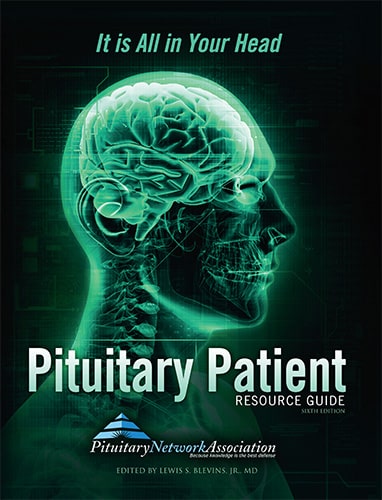
The Pituitary Patient Resource Guide Sixth Edition is now available! Be one of the first to have the most up-to-date information. The Pituitary Patient Resource Guide a one of a kind publication intended as an invaluable source of information not only for patients but also their families, physicians, and all health care providers. It contains information on symptoms, proper testing, how to get a diagnosis, and the treatment options that are available. It also includes Pituitary Network Association's patient resource listings for expert medical care.
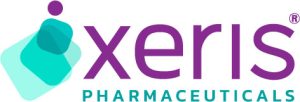
Xeris Pharmaceuticals is valued member of the PNA



